Home>Gardening & Outdoor>Landscaping Ideas>Who Cuts Grass
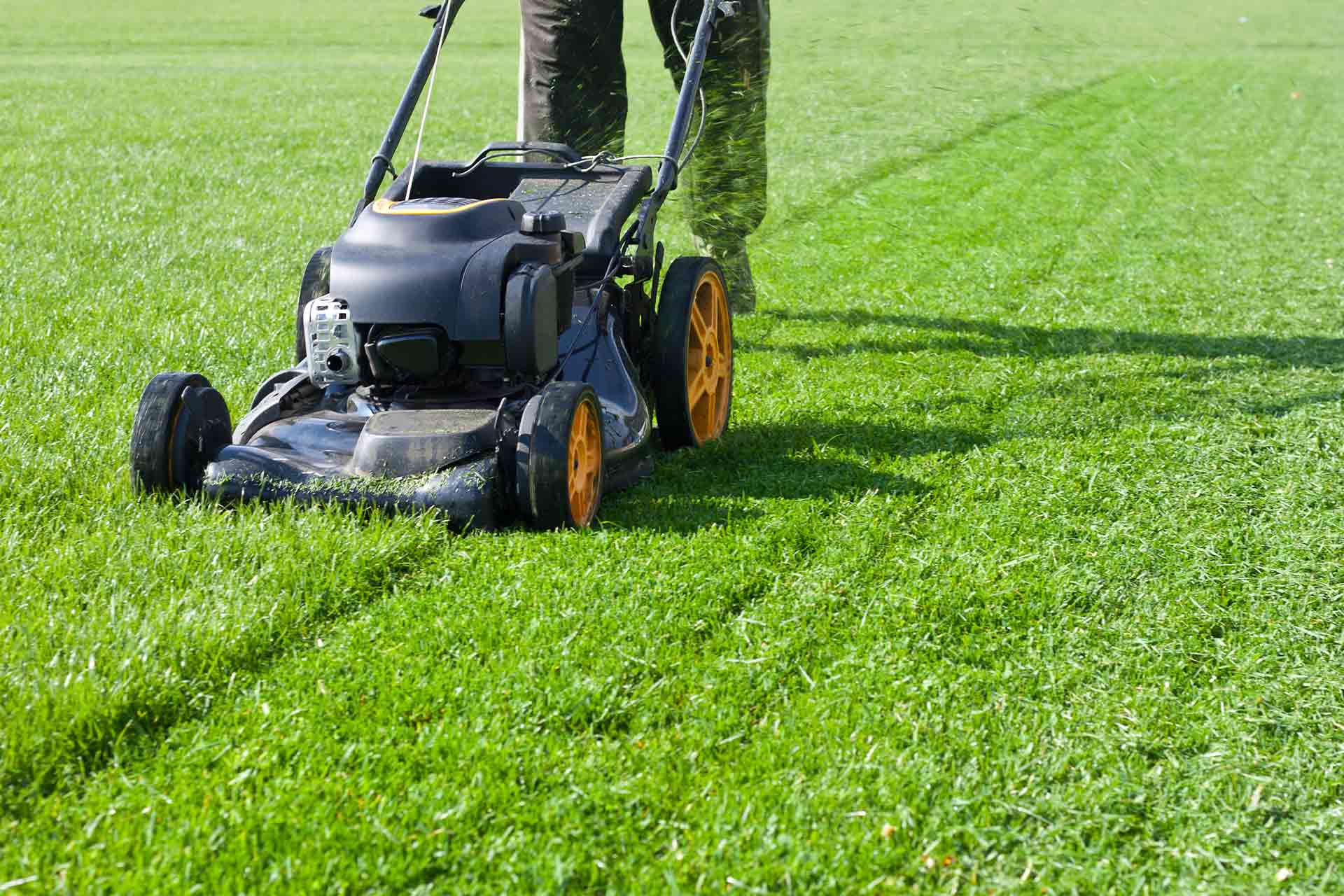

Landscaping Ideas
Who Cuts Grass
Modified: September 2, 2024
Looking for landscaping ideas and tips on who cuts grass? Explore our expert advice and find the best solutions for your lawn care needs. Discover the latest trends and techniques for maintaining a beautiful yard.
(Many of the links in this article redirect to a specific reviewed product. Your purchase of these products through affiliate links helps to generate commission for Storables.com, at no extra cost. Learn more)
Introduction
Welcome to the world of landscaping and lawn care, where the grass is always greener and the lawns are meticulously manicured. Whether you’re a homeowner, a gardening enthusiast, or a professional landscaper, the art of grass cutting is a fundamental aspect of maintaining a beautiful outdoor space. In this article, we’ll delve into the fascinating world of grass cutting, exploring its history, the different types of grass, the tools and equipment used, cutting techniques, and the importance of regular maintenance. So, grab your gardening gloves and let’s embark on a journey to uncover the secrets of achieving a lush, vibrant lawn.
Key Takeaways:
- Grass cutting has a rich history dating back to ancient civilizations, reflecting our enduring desire to create beautiful outdoor spaces that connect us with nature and enhance our quality of life.
- Choosing the right grass, using the proper tools, and employing proven cutting techniques are essential for nurturing a healthy, vibrant lawn that promotes environmental health and enriches our outdoor lifestyle.
Read more: How To Cut Grass
The History of Lawn Care
Lawn care has a rich and intriguing history that dates back to ancient civilizations. The concept of cultivating grass for aesthetic and functional purposes can be traced to the elaborate gardens of ancient Egypt and Rome, where meticulously manicured lawns were a symbol of prestige and luxury. However, it was during the European Renaissance that the idea of lawns as we know them today began to take root.
In the 16th century, European nobility embraced the idea of cultivating vast expanses of grass around their grand estates. These expansive lawns served as elegant settings for leisure activities, social gatherings, and outdoor entertainment. The trend quickly spread across Europe, and the concept of the “garden lawn” became synonymous with wealth and sophistication.
Fast forward to the 19th century, and the Industrial Revolution brought about significant advancements in lawn care. With the invention of mechanical lawn mowers, maintaining expansive lawns became more manageable, leading to a surge in the popularity of residential and public green spaces. The idea of the “white picket fence” and a well-manicured lawn became ingrained in the American dream, symbolizing prosperity and suburban bliss.
Today, lawn care has evolved into a multi-billion-dollar industry, encompassing a wide array of services and products aimed at nurturing and preserving lush, healthy lawns. From professional landscaping companies offering comprehensive lawn maintenance to homeowners investing in state-of-the-art lawn care equipment, the quest for the perfect lawn continues to be a driving force in the world of outdoor aesthetics.
As we continue to explore the art of grass cutting, it’s essential to appreciate the historical significance of lawns and their enduring appeal across different cultures and time periods. The evolution of lawn care reflects our deep-rooted desire to connect with nature and create inviting outdoor spaces that enhance our quality of life.
The Different Types of Grass
When it comes to cultivating a stunning lawn, the choice of grass plays a pivotal role in achieving the desired aesthetic and functional characteristics. There are several types of grass, each with its unique traits and suitability for specific climates and soil conditions. Understanding the diverse range of grass varieties is essential for creating a thriving lawn that complements its surroundings.
1. Cool-Season Grasses: These grasses thrive in regions with moderate temperatures and are known for their vibrant green color and rapid growth during cooler months. Popular cool-season grasses include Kentucky bluegrass, fescue, and ryegrass. They are well-suited for lawns in northern regions and high-altitude areas.
2. Warm-Season Grasses: Ideal for warmer climates, warm-season grasses exhibit excellent heat tolerance and are well-adapted to regions with hot summers. Varieties such as Bermuda grass, Zoysia grass, and St. Augustine grass are prized for their durability and ability to withstand drought conditions.
3. Fine-Bladed Grasses: These grasses are valued for their fine texture and lush appearance, making them a popular choice for ornamental lawns and recreational areas. Fine-bladed grasses, such as bentgrass and colonial bentgrass, create a velvety carpet-like effect when properly maintained.
4. Coarse-Textured Grasses: In contrast to fine-bladed grasses, coarse-textured varieties, including Bahia grass and Centipede grass, are known for their rugged resilience and ability to thrive in less fertile soils. They are often favored for their low-maintenance requirements and ability to withstand heavy foot traffic.
Choosing the right type of grass involves considering factors such as climate, soil composition, sun exposure, and intended use of the lawn. Whether you aim to create a pristine putting green, a robust play area for children, or an elegant backdrop for outdoor entertaining, the selection of grass is a crucial decision that significantly influences the overall appeal and functionality of your lawn.
As we delve deeper into the world of grass cutting, understanding the nuances of different grass types will empower you to make informed decisions when it comes to nurturing and maintaining a thriving lawn that reflects your unique vision and lifestyle.
The Tools and Equipment Used for Grass Cutting
Embarking on a successful grass-cutting endeavor requires the right tools and equipment to achieve precise, professional results. From traditional hand tools to advanced machinery, the world of grass cutting offers a diverse array of implements designed to cater to various lawn sizes and terrain complexities.
1. Lawn Mower: The quintessential tool for grass cutting, a reliable lawn mower is essential for maintaining a well-groomed lawn. Push mowers, riding mowers, and robotic mowers are popular options, each offering unique benefits based on lawn size, topography, and personal preference.
2. Trimmer/Edger: Trimmers and edgers are indispensable for refining the edges of the lawn and tackling hard-to-reach areas. Whether it’s defining the borders of flower beds or tidying up along fences and pathways, these precision tools add the finishing touch to a manicured lawn.
3. Pruning Shears: For maintaining ornamental grasses, shrubs, and hedges, a pair of sharp pruning shears is invaluable. These handheld tools enable precise trimming and shaping, allowing for meticulous attention to detail in sculpting the landscape.
4. Leaf Blower: Keeping the lawn free of debris and fallen leaves is essential for its health and appearance. A powerful leaf blower simplifies the task of clearing organic matter, ensuring a clean and pristine surface for grass cutting and overall lawn maintenance.
5. Lawn Aerator: To promote healthy root growth and improve soil aeration, a lawn aerator is employed to perforate the ground, allowing essential nutrients, water, and air to penetrate the root zone. This is particularly beneficial for compacted soils and high-traffic areas.
6. Sprinkler System: Adequate hydration is crucial for maintaining lush, vibrant grass. A well-designed sprinkler system ensures even water distribution, promoting healthy growth and vitality across the entire lawn.
Equipping oneself with the right tools and equipment not only streamlines the grass-cutting process but also contributes to the overall health and visual appeal of the lawn. Whether it’s investing in state-of-the-art machinery or mastering the art of precision trimming with hand tools, the tools of the trade play a vital role in achieving a well-manicured and thriving lawn.
As we delve deeper into the art of grass cutting, understanding the significance of these tools and their proper usage will empower you to elevate your lawn care practices and achieve professional-quality results.
When cutting grass, make sure to mow when the grass is dry to prevent clumping. Also, adjust the mower height to only cut one-third of the grass blade at a time to promote healthy growth.
Techniques for Cutting Grass
Mastering the art of grass cutting involves employing proven techniques that promote healthy growth, enhance visual appeal, and contribute to a well-manicured lawn. By implementing the following strategies, you can elevate your grass-cutting endeavors and achieve professional-quality results that showcase the beauty of your outdoor space.
1. Mowing Height: Adjusting the mowing height based on the type of grass and seasonal conditions is crucial for maintaining optimal lawn health. While cool-season grasses thrive with a taller mowing height to retain moisture and promote root development, warm-season grasses benefit from a shorter mowing height to deter thatch accumulation and encourage lateral growth.
2. Mowing Patterns: Varying the mowing direction and patterns with each mowing session prevents soil compaction and promotes upright grass growth. Alternating between horizontal, vertical, and diagonal patterns creates an aesthetically pleasing striped effect while ensuring even grass development.
3. Sharp Blades: Keeping the lawn mower blades sharp is essential for clean, precise cuts that minimize stress on the grass and reduce the risk of disease. Dull blades can tear the grass, leading to ragged edges and increased vulnerability to pests and environmental stressors.
4. Mulching: Utilizing a mulching mower or attaching a mulching kit to the lawn mower promotes natural decomposition of grass clippings, enriching the soil with essential nutrients and organic matter. This sustainable practice reduces the need for synthetic fertilizers and contributes to a healthier, more resilient lawn.
5. Trimming and Edging: Paying attention to the details by meticulously trimming and edging along borders, walkways, and landscaping features enhances the overall aesthetic appeal of the lawn. Clean, defined edges impart a polished look and create a sense of visual order within the landscape.
6. Timing and Frequency: Adhering to a regular mowing schedule based on grass growth rather than a predetermined calendar interval ensures that the grass is maintained at an optimal height. Avoiding excessive grass removal and adhering to the one-third rule—never removing more than one-third of the grass blade length in a single mowing session—promotes healthy regrowth and minimizes stress on the lawn.
By incorporating these techniques into your grass-cutting routine, you can elevate the quality of lawn care and cultivate a lush, vibrant landscape that serves as a testament to your dedication and expertise in nurturing outdoor spaces.
As we explore the intricacies of grass cutting, integrating these time-honored techniques into your lawn maintenance practices will empower you to achieve exceptional results and cultivate a lawn that exudes natural beauty and vitality.
Read more: How To Cut Thick Grass
The Importance of Regular Grass Maintenance
Maintaining a healthy, vibrant lawn goes beyond mere aesthetics—it is a testament to your commitment to creating an inviting outdoor space that enhances the overall ambiance of your property. Regular grass maintenance plays a pivotal role in nurturing a thriving lawn and reaping a multitude of benefits that extend far beyond the surface.
1. Enhances Curb Appeal: A well-maintained lawn serves as a captivating focal point, elevating the overall visual appeal of your property and creating a welcoming atmosphere for residents and visitors alike. The lush, green expanse of a manicured lawn contributes to the aesthetic charm of the landscape, leaving a lasting impression.
2. Promotes Environmental Health: Healthy grass acts as a natural air purifier, capturing dust, pollutants, and carbon dioxide while releasing oxygen, thereby contributing to cleaner, fresher air. Additionally, a robust grass cover minimizes soil erosion, filters rainwater, and provides a habitat for beneficial insects and microorganisms.
3. Supports Recreational Activities: A well-maintained lawn offers a safe, inviting space for leisure activities, outdoor gatherings, and recreational pursuits. Whether it’s a game of catch, a family picnic, or a leisurely stroll, a healthy lawn provides a versatile outdoor setting for relaxation and enjoyment.
4. Mitigates Weed Growth: Regular grass cutting and maintenance help suppress weed proliferation by depriving invasive plants of sunlight and space to thrive. A dense, healthy lawn acts as a natural barrier against weed encroachment, reducing the need for chemical herbicides and promoting ecological balance.
5. Fosters Root Development: Consistent grass cutting at the appropriate height stimulates robust root growth, anchoring the grass firmly in the soil and enhancing its ability to access essential nutrients and moisture. Strong, deep roots contribute to the overall resilience and longevity of the lawn.
6. Contributes to Pest Control: Well-maintained lawns are less susceptible to pest infestations, as regular maintenance practices such as mowing, aerating, and dethatching create an inhospitable environment for pests and minimize potential breeding grounds.
By prioritizing regular grass maintenance, you are not only nurturing the physical beauty of your lawn but also fostering a harmonious coexistence with nature and reaping the multifaceted rewards of a thriving outdoor space. The act of caring for your lawn transcends mere upkeep—it is a testament to your dedication to creating a vibrant, sustainable environment that enriches the lives of those who encounter it.
As we delve into the intricacies of grass cutting, recognizing the profound impact of regular maintenance on the health and vitality of your lawn will inspire you to embrace this essential practice as a cornerstone of your outdoor lifestyle.
Conclusion
As we conclude our exploration of the art of grass cutting, it becomes evident that this seemingly routine task encompasses a rich tapestry of history, science, and artistry. From the meticulously manicured lawns of ancient civilizations to the sprawling green expanses of modern suburban landscapes, the significance of grass cutting transcends mere maintenance—it is a celebration of nature’s beauty and a testament to human ingenuity and dedication.
By delving into the history of lawn care, we uncover the timeless allure of well-manicured lawns, which have served as symbols of prestige, leisure, and natural splendor throughout the ages. The evolution of lawn care reflects our enduring fascination with creating inviting outdoor spaces that enrich our lives and connect us with the natural world.
Exploring the diverse types of grass reveals the intricate nuances of selecting the right variety to suit specific environmental conditions and aesthetic preferences. The choice of grass serves as a foundational decision that sets the stage for cultivating a thriving, visually stunning lawn that harmonizes with its surroundings.
Understanding the tools and equipment used for grass cutting underscores the importance of employing the right implements to achieve professional-quality results. From precision mowers to meticulous trimmers, the tools of the trade play a vital role in shaping and maintaining a healthy, vibrant lawn that serves as a canvas for outdoor living.
Delving into the techniques for cutting grass unveils a world of time-honored practices that promote healthy growth, aesthetic appeal, and environmental sustainability. By embracing these techniques, you elevate the quality of your lawn care practices and cultivate a landscape that reflects your dedication to nurturing outdoor spaces.
Recognizing the profound importance of regular grass maintenance unveils the multifaceted benefits of caring for your lawn beyond surface aesthetics. A well-maintained lawn serves as a testament to your commitment to environmental stewardship, creating a welcoming outdoor haven that enriches the lives of all who encounter it.
As we bid adieu to this journey through the world of grass cutting, may you carry forth the wisdom and insights gained, infusing your lawn care practices with a newfound appreciation for the artistry and science inherent in nurturing a thriving, vibrant landscape. Whether you’re a homeowner, a landscaping enthusiast, or a professional in the field, the art of grass cutting invites you to embark on a timeless pursuit of creating outdoor spaces that inspire, rejuvenate, and captivate the senses.
Frequently Asked Questions about Who Cuts Grass
Was this page helpful?
At Storables.com, we guarantee accurate and reliable information. Our content, validated by Expert Board Contributors, is crafted following stringent Editorial Policies. We're committed to providing you with well-researched, expert-backed insights for all your informational needs.
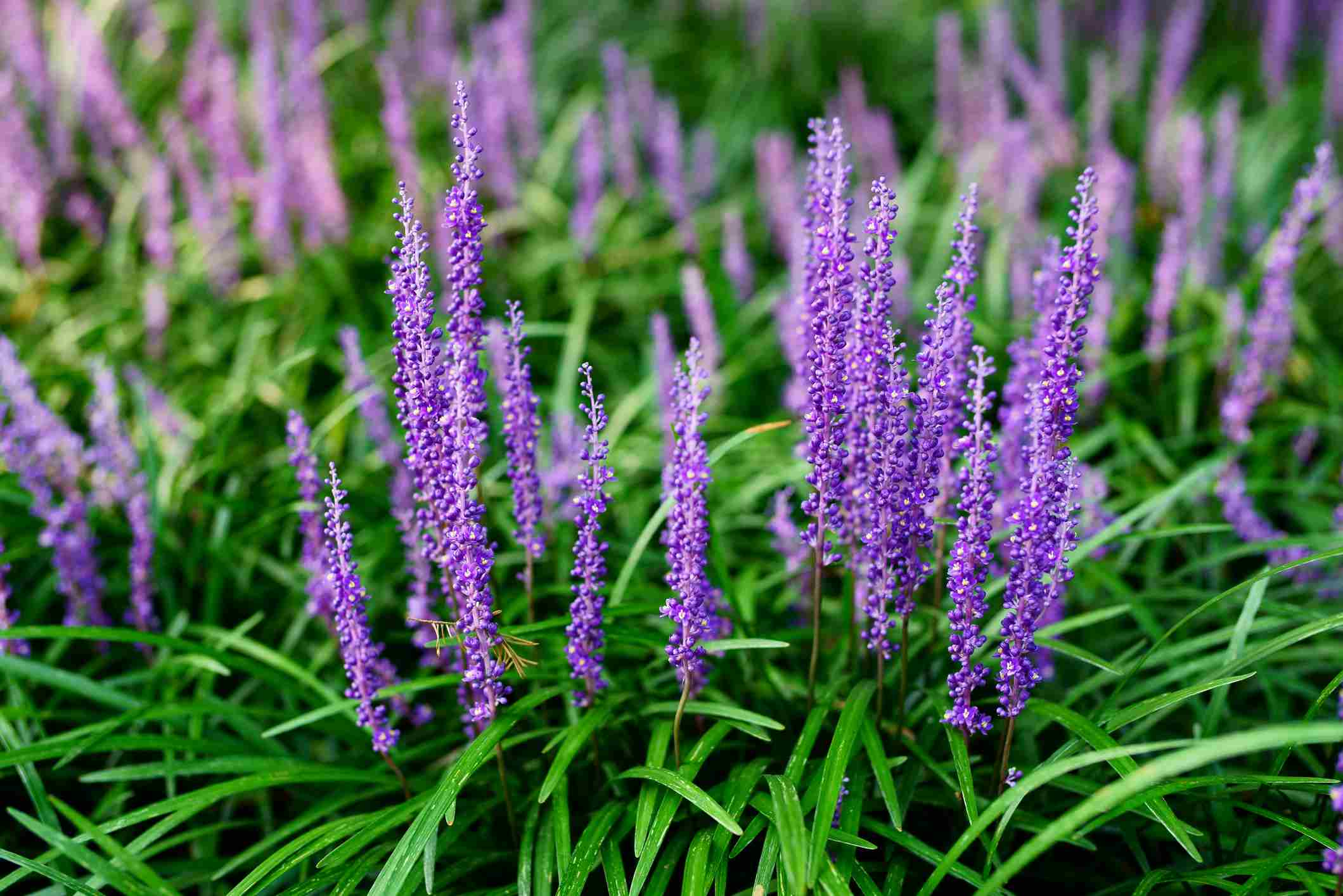


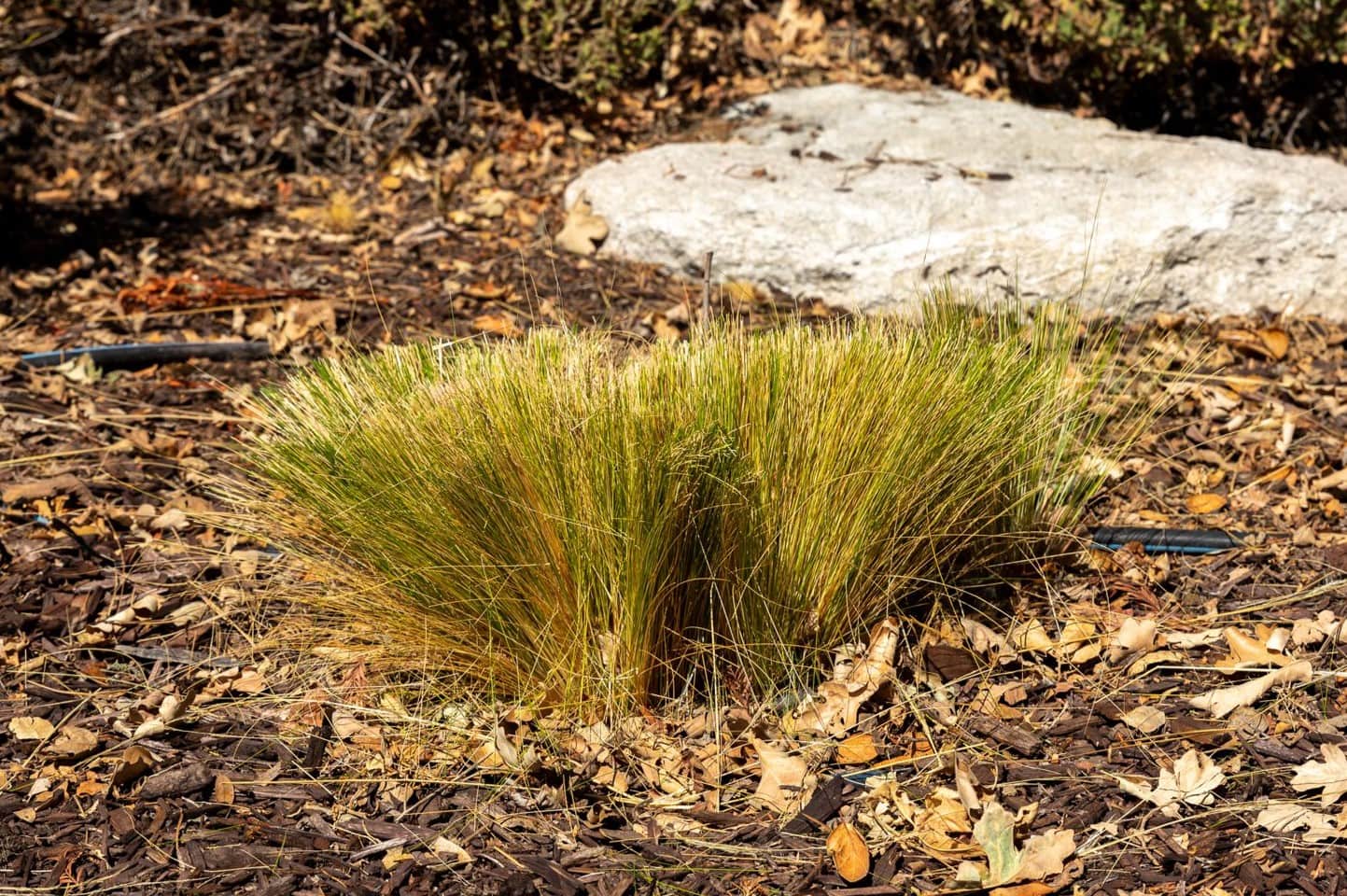

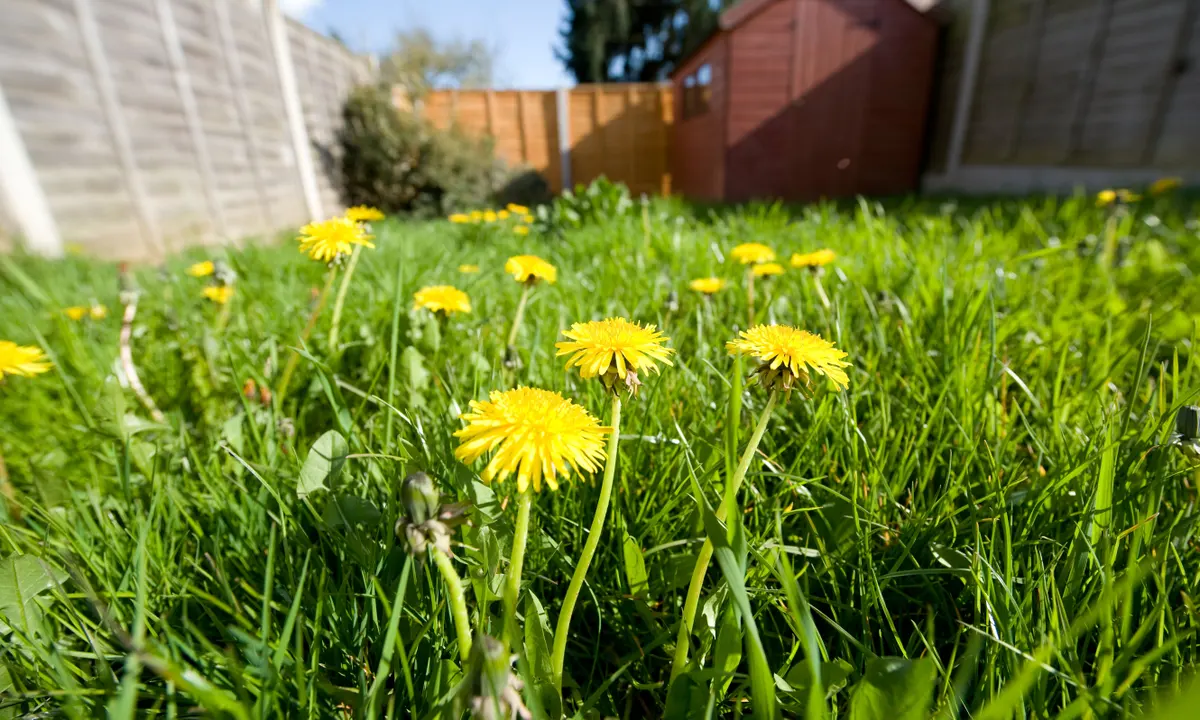
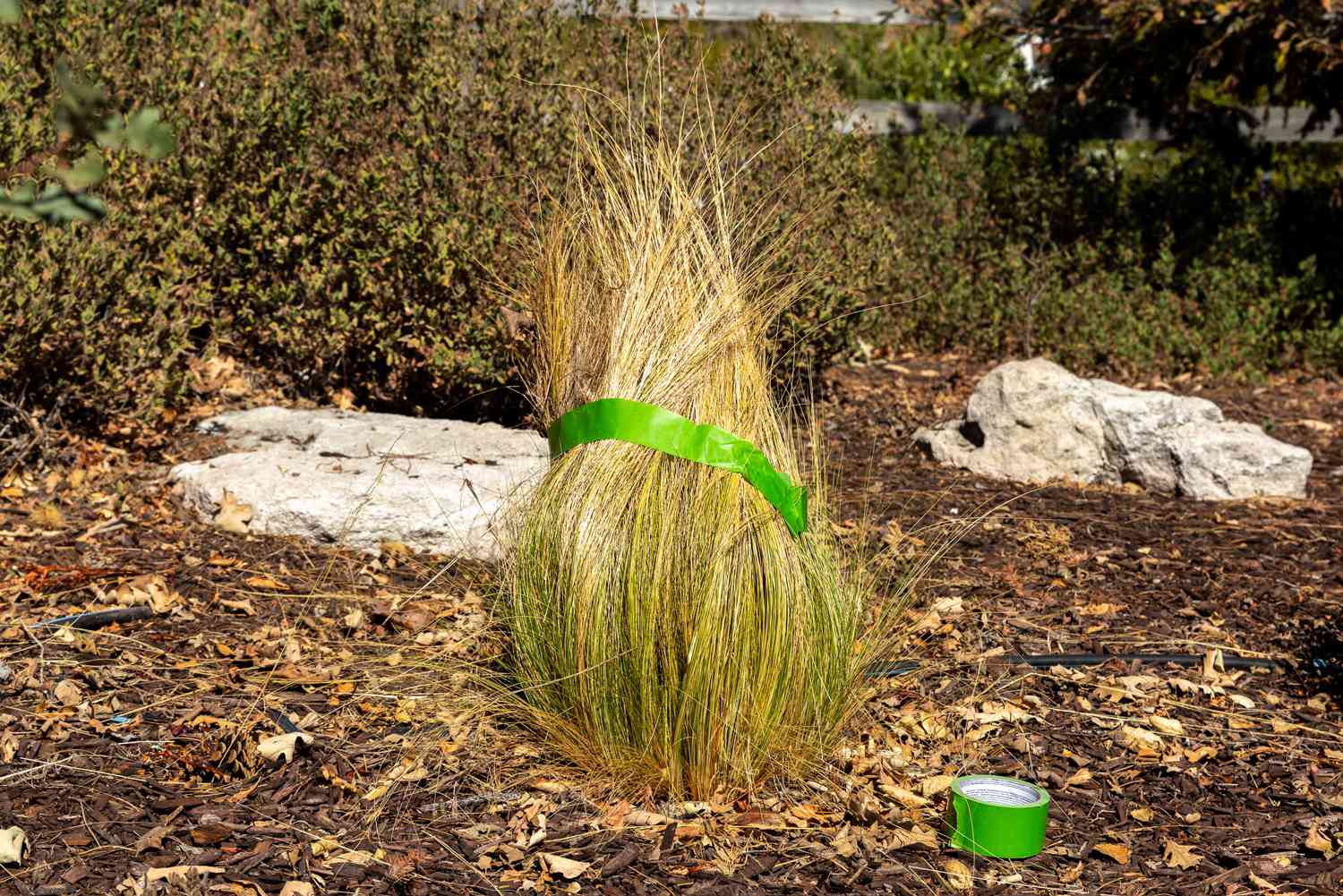
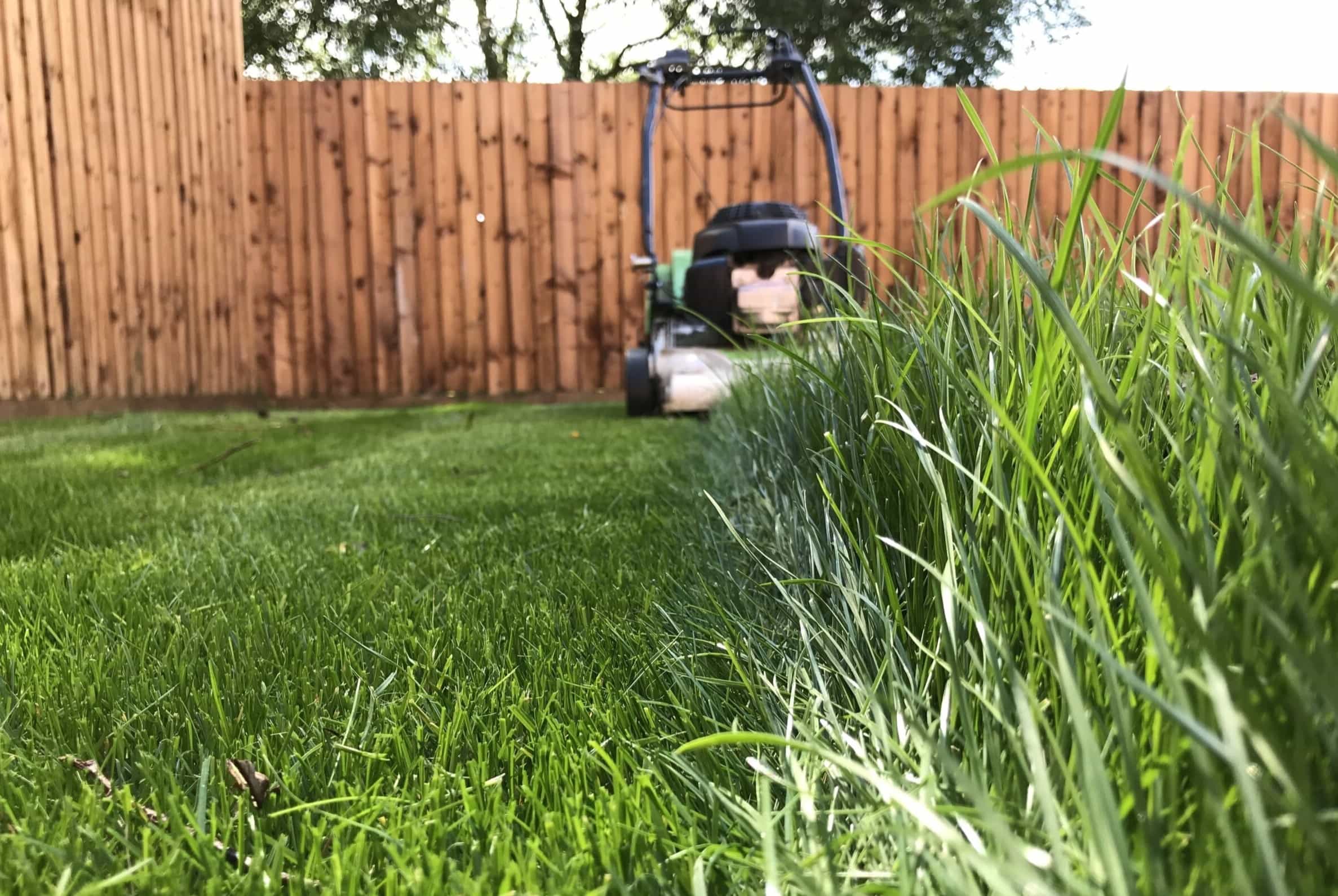
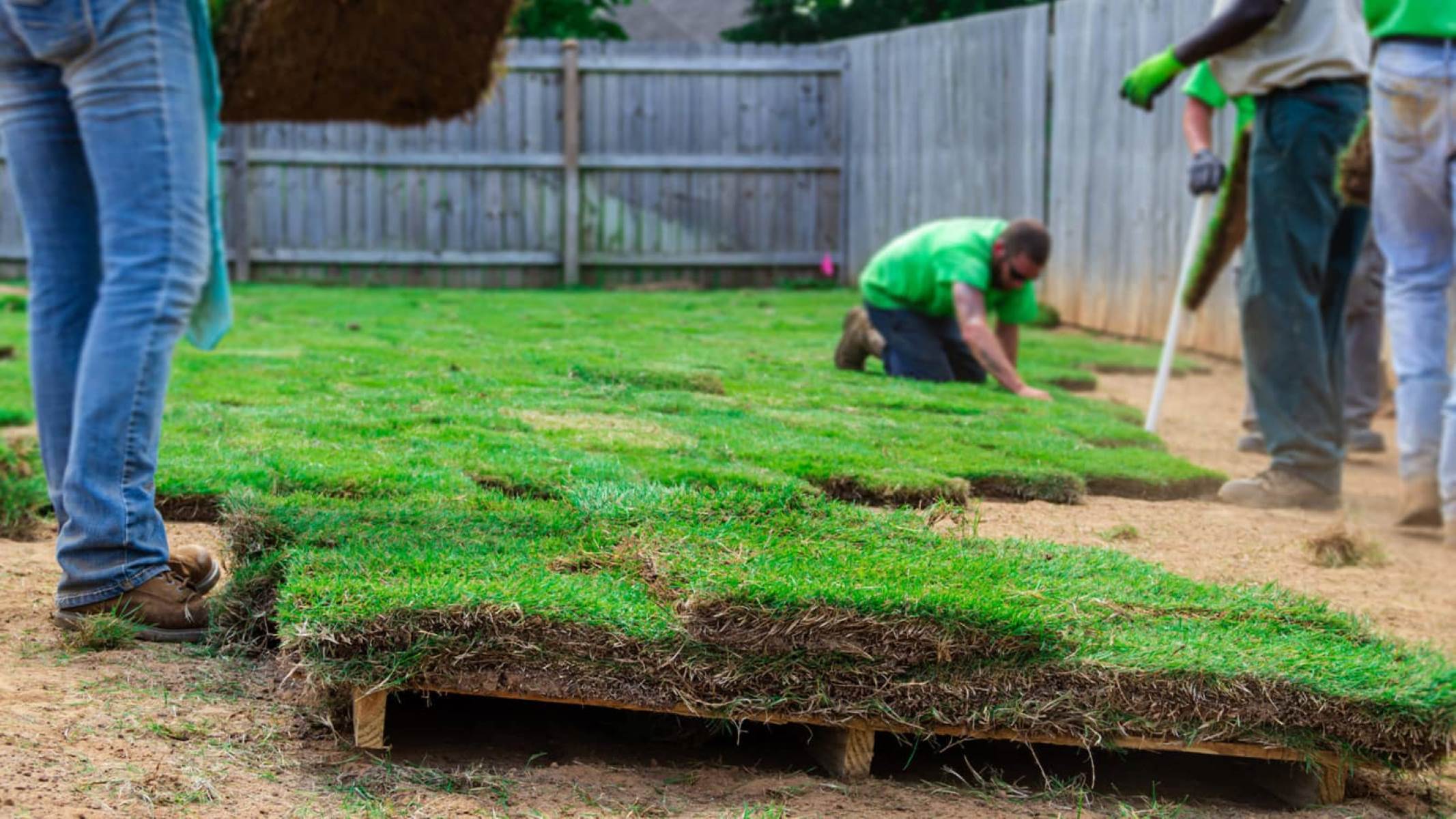
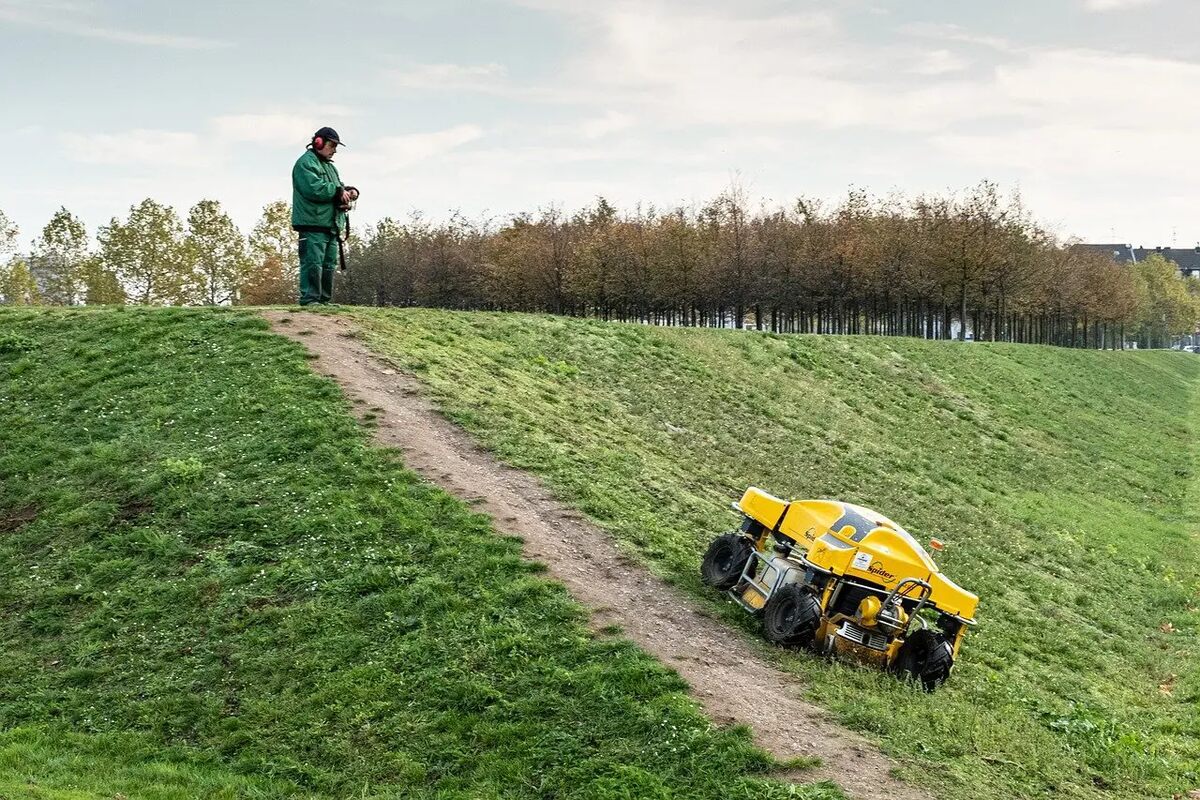
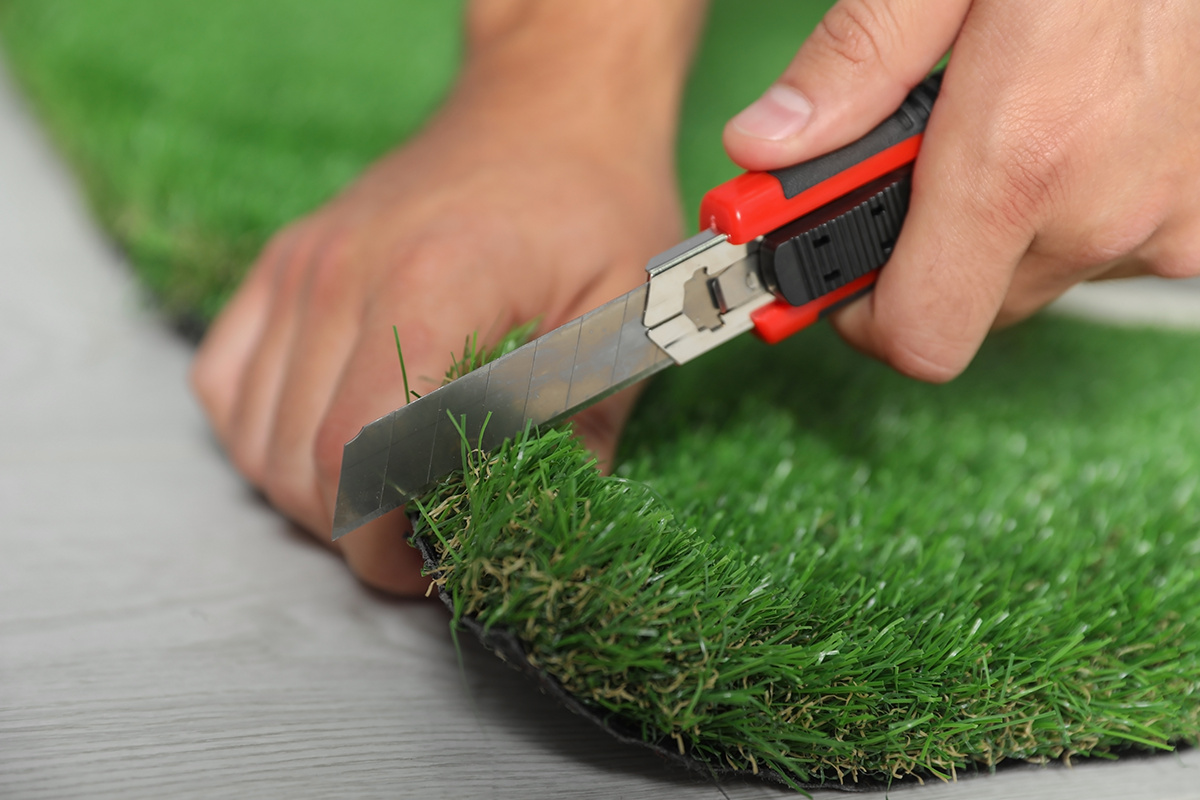
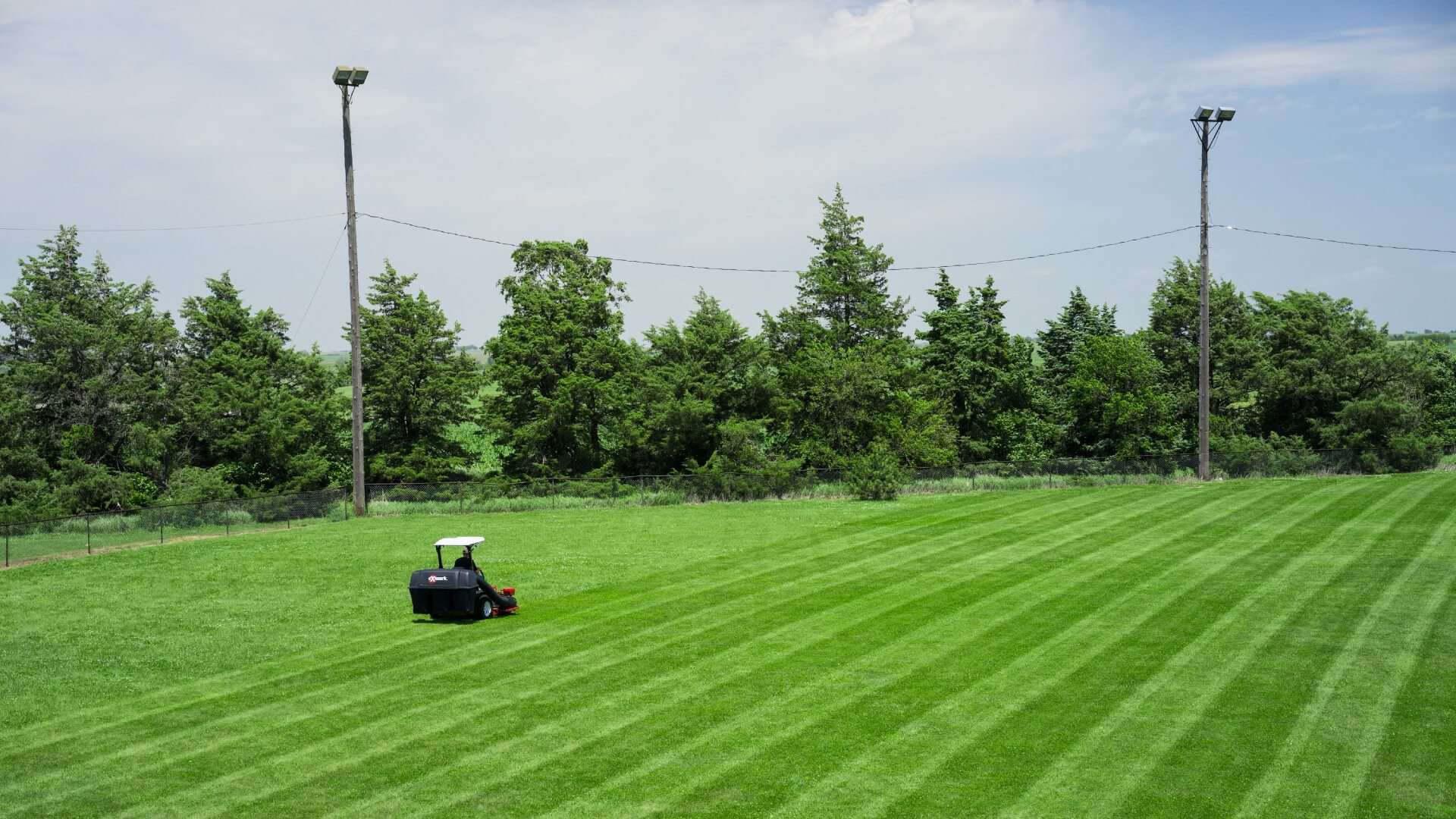
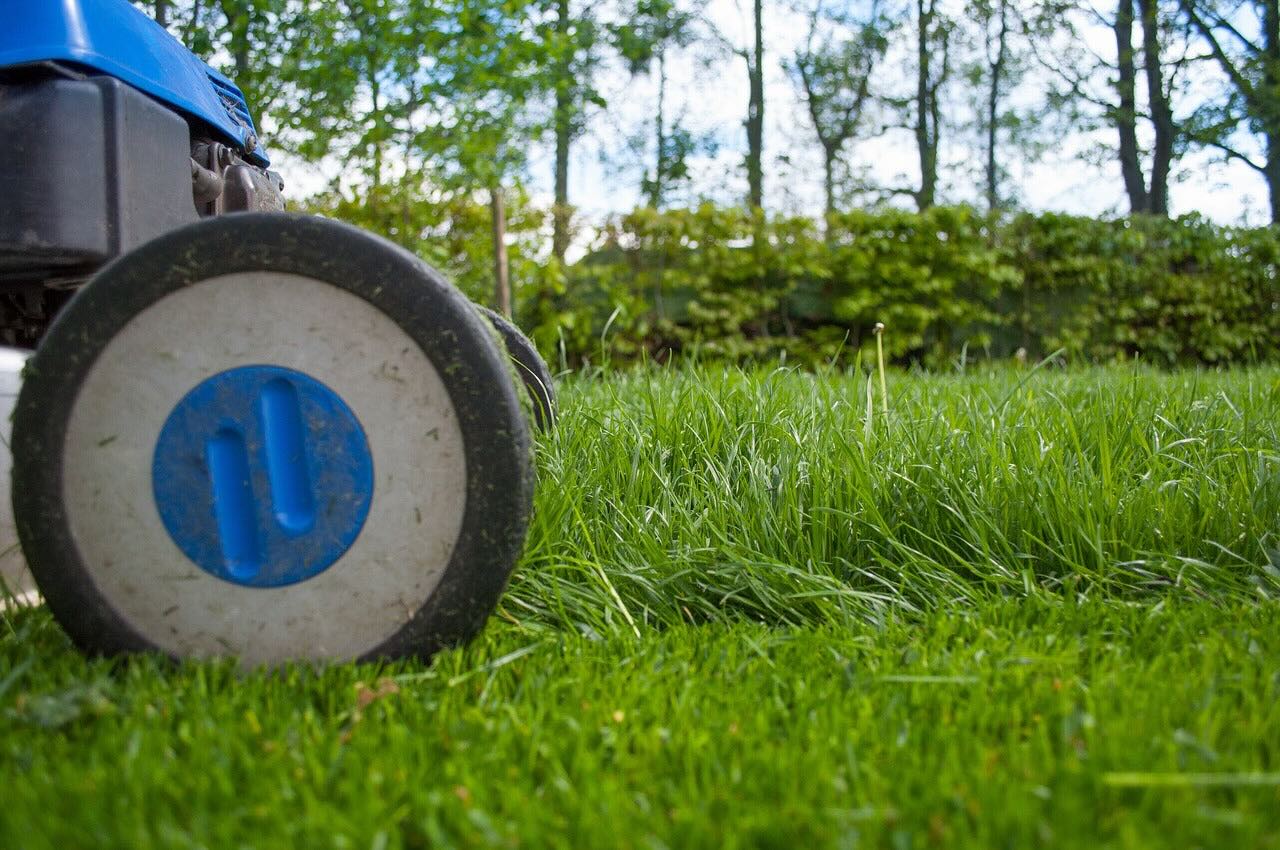
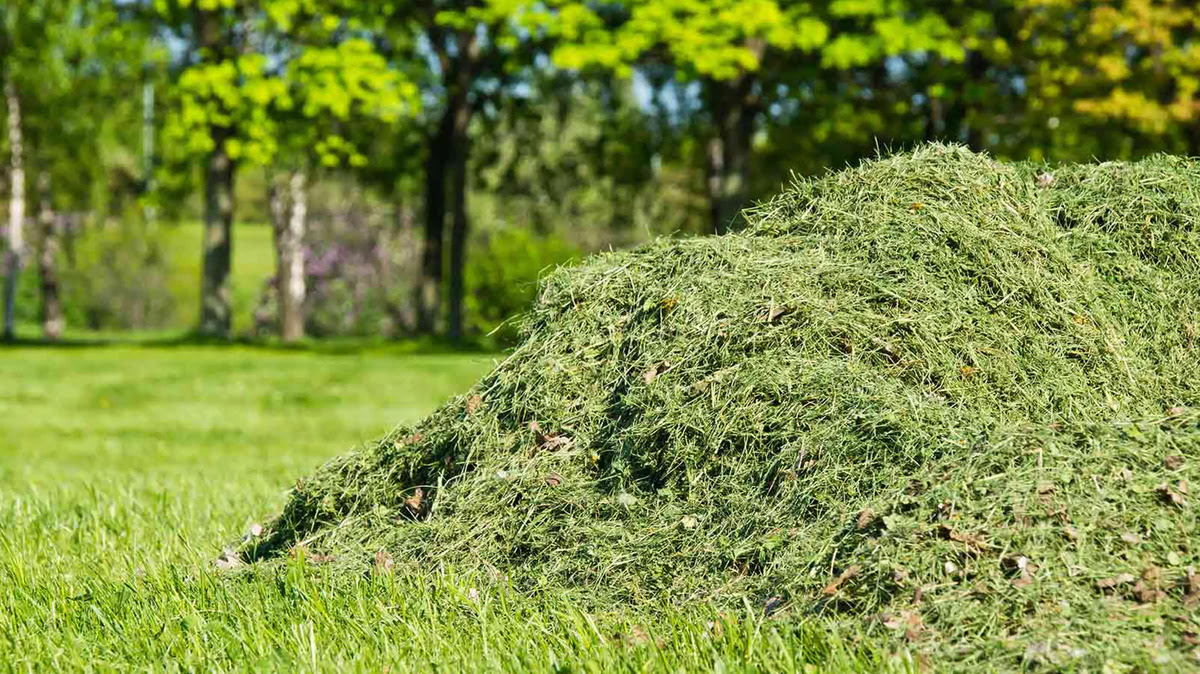

0 thoughts on “Who Cuts Grass”